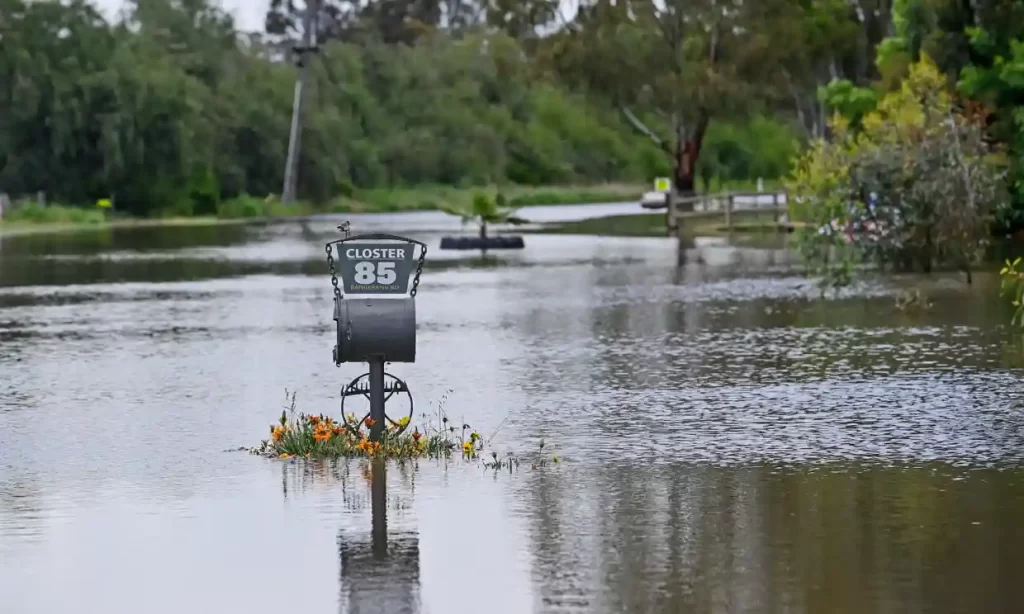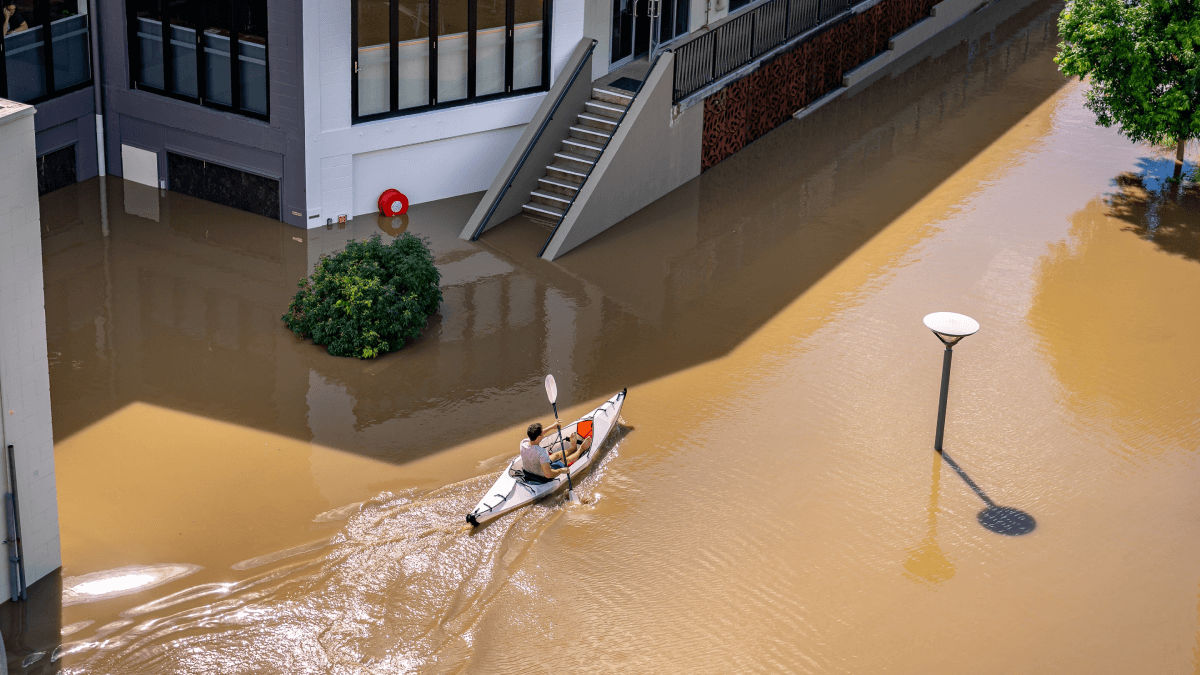News of floods seem to be filling the airwaves from Australia to Germany and Belgium to London, and there is probably more to come. So, what can you do to minimise your risk and maximise your cover in case of flooding? We talk to expert Heather Shepherd, from the National Flood Forum, about what to do before, during and after a flood.
What should you do to prepare for a flood?
It goes without saying that floods do not always come with much warning, but if you live in a flood-prone area, or a basement almost anywhere, there are things you can do to prepare and, as Ms Shepherd notes, “People often do not know what those are.”
Creating a ‘flood kit’ should be your first task, she suggests, containing everything you might need in the event of evacuation, or being limited to one part of your building: “Toothbrush, toothpaste, spare pair of underwear, that sort of thing.” Consider cash, clothes, medication, phone chargers, bottled water, important insurance documents, anything children might need, such as nappies and so on.
Sandbags are generally the go-to in domestic flood defences, which might necessitate a trip to a hardware store.
Read: La Niña drives greater chance of cyclones and floods
If a flood is imminent, take detailed photographs of your property to show to your insurance company, should things take a bad turn. Before you get to that point, making sure your insurance is up to date is key. “Check your policy – does it cover floods and is it current? Without insurance, flooding can be horrendous, and if you’re renting, remember that the property [buildings insurance] may be covered by the landlord, but likely not the contents.”
What should you do during a flood?
The short answer is: as little as possible.
Stay indoors, avoid interacting with floodwaters as much as you can, and certainly do not attempt to walk or drive through them if you have any choice at all. Watery streets might look harmless, but the water may be full of sewage, can carry remarkably heavy objects, and you can’t see what is under the surface.

“Manhole covers lift, and your legs might go down them … and it can take as little as six inches of water to float a vehicle.” During floods, social media often fills with videos of people doing things that may look harmless, or even exciting, but are actually dangerous. Don’t be misled, says Ms Shepherd.
Read: Flood clean-up could cause disease spike in coming years, experts warn
What can you do after a flood?
If you are unlucky enough to have water in your home and damage to your property, “the first thing to do is ring your insurance company, and take lots of photos, including of the tidemark on the wall”.
Then start moving your stuff out of the flooded area. “The quicker you get something out of a property the quicker it will dry. But anything you’re going to claim for on your insurance shouldn’t be thrown away,” warns Ms Shepherd. You may need to show it to the loss assessor to prove the damage.
Something such as sodden carpets may need to go, and Ms Shepherd advises getting these out of your home as soon as possible if you can do so safely. “If you can’t, your insurance company will come along and do it. If you can, take photos and keep samples of the carpet.”
“Ask your insurance company when they are going to send someone to look at the damage, so you can decide whether you need temporary accommodation.” Living in a damp environment can be very unhealthy and, Ms Shepherd points out, dehumidifiers are very noisy, and it’s disruptive having works going on in your home, so often you’re better taking up alternative accommodation.
Are you in a flood prone area? Have you ever had to deal with flooding in your home before? Share your tips in the comments section below.
– With PA

